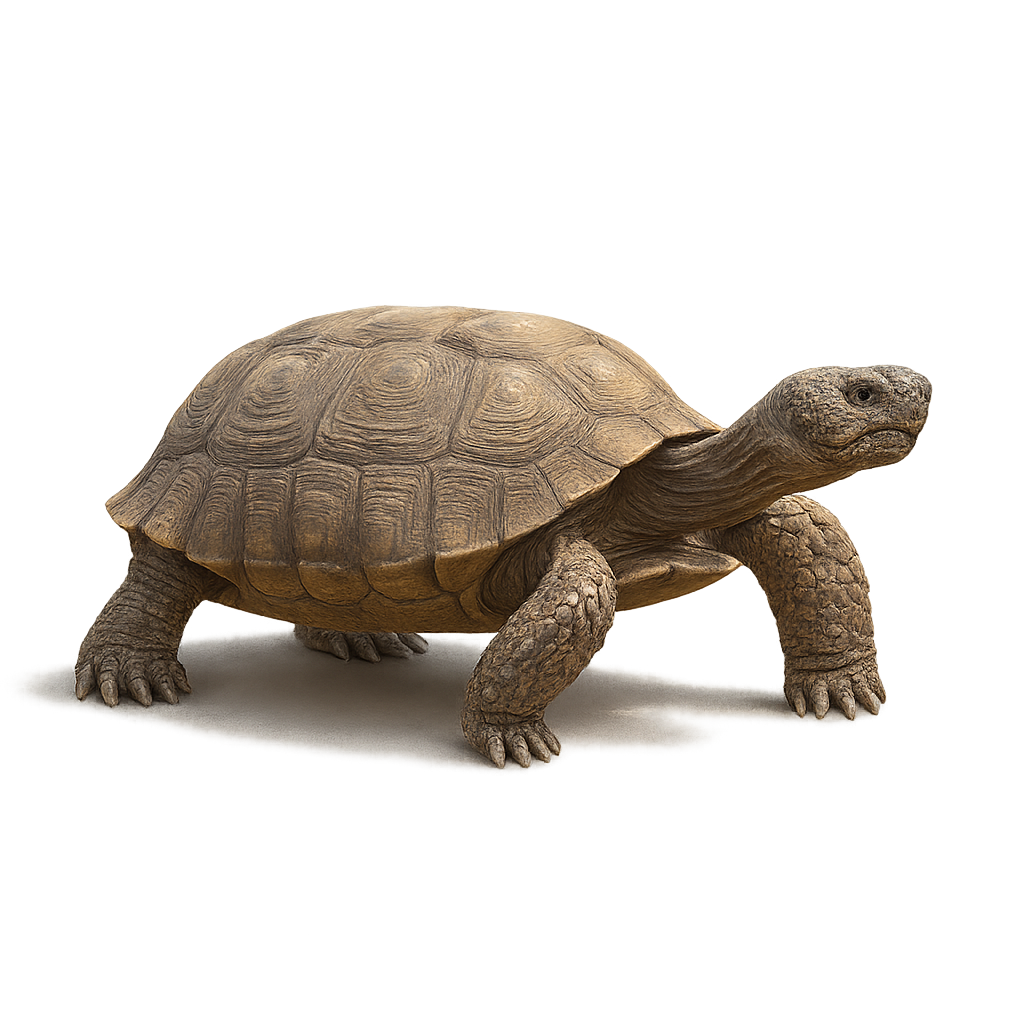Your wildlife photography guide.
Explore the desert tortoise in detail, study its behavior, prepare your shots.
Where to observe and photograph the desert tortoise in the wild
Learn where and when to spot the desert tortoise in the wild, how to identify the species based on distinctive features, and what natural environments it inhabits. The WildlifePhotographer app offers tailored photography tips that reflect the desert tortoise’s behavior, helping you capture better wildlife images. Explore the full species profile for key information including description, habitat, active periods, and approach techniques.
Desert tortoise
Scientific name: Gopherus agassizii

IUCN Status: Vulnerable
Family: TESTUDINIDAE
Group: Reptiles
Sensitivity to human approach: Suspicious
Minimum approach distance: 10 m
Reproduction period: April to May
Incubation: 90–135 jours
Births: April to May
Habitat:
Deserts, arid plains, rocky hills
Activity period :
Active during the day when temperatures are favorable, often seen basking in the sun.
Identification and description:
The desert tortoise, Gopherus agassizii, is an iconic species of the arid regions of the southwestern United States and northern Mexico. Well adapted to its dry environment, it spends up to 95% of its time in burrows to protect itself from extreme heat and conserve moisture. Its shell, which can reach 15 inches in length, is brownish, allowing it to blend into the desert landscape. As a herbivore, it primarily feeds on grasses, wildflowers, and cacti. The desert tortoise plays a crucial role in its ecosystem, with its burrows providing shelter for many other species. Unfortunately, it is threatened by habitat loss, disease, and vehicle collisions.
Recommended lens:
400 mm – adjust based on distance, desired framing (portrait or habitat), and approach conditions.
Photography tips:
To photograph the desert tortoise, it is advisable to use a 400mm or longer telephoto lens to capture detailed images without disturbing the animal. Approach slowly and maintain a distance of at least 10 meters to avoid startling it. The best times for photography are early morning or late afternoon when the light is soft and the tortoise is more active. Be patient and wait for it to emerge from its burrow to get natural shots.
The WildlifePhotographer App is coming soon!
Be the first to explore the best nature spots, track rutting seasons, log your observations, and observe more wildlife.
Already 1 430 wildlife lovers subscribed worldwide

